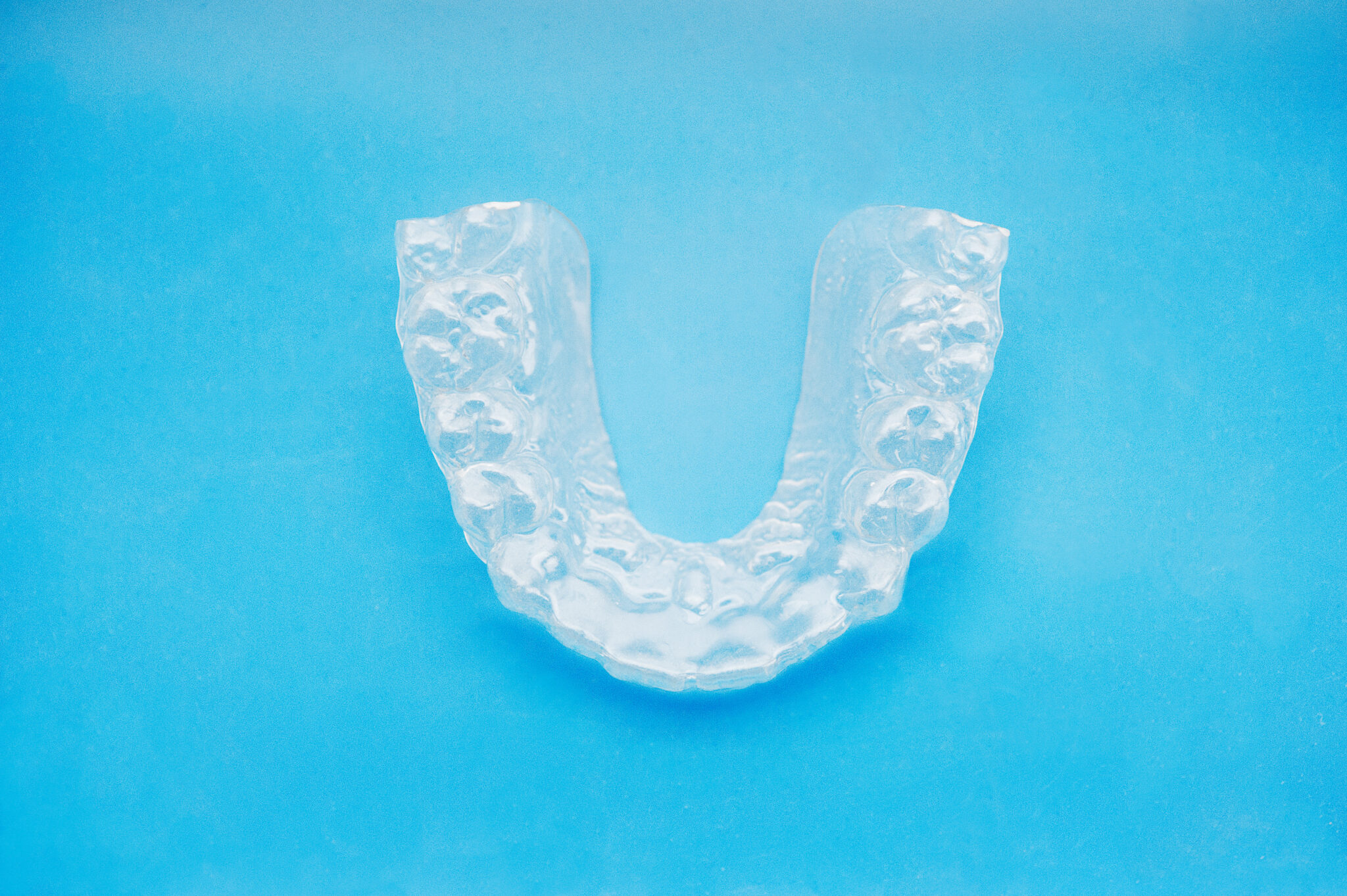
Braces can usually be made less visible or noticeable by using white brackets rather than metal brackets. Sometimes, however, it is also possible to perform treatment with braces using a series of invisible aligners (or caps), in which a new aligner from the series is to be worn every 2 weeks. With these caps, teeth can be straightened and (small) gaps between teeth can be closed without this being visible. Aside from small balls of composite (=tooth-coloured filling material) which are glued on some teeth, these braces are not visible because the caps are transparent. Not only for aesthetic reasons but also in the presence of many crowns or other specific situations, braces with caps offer advantages over those with brackets.
However, not every brace treatment can be performed using the caps. One condition is that, at the start of the treatment, the position of both the jaws and the molars is already correct in relation to each other, because you cannot change this with these caps. In the rare situation where it is possible to use invisible caps, there is no technical difference from traditional braces, not even in terms of treatment time; only the means used to straighten the teeth is different. It is important to wear the caps at all times (except when eating, drinking and brushing) and to keep the last worn cap and take it with you to the monthly check-up. Brushing is no different than without braces.
There are significant differences in the costs; treatment with invisible caps is usually €1,100 (range: €600 – €1,600) more expensive than treatment with braces. These are the costs charged by the laboratory that makes each invisible cap for us based on a 3D-printed model that represents the current tooth position. The Invisalign brand works in exactly the same way, but it costs up to twice as much. We do not work with brackets on the inside of the teeth because these also cost around €3,000. Not many patients choose this option, so the experience of the orthodontist with these brackets is minimal, with possible consequences for the progress, efficiency and duration of the treatment.

